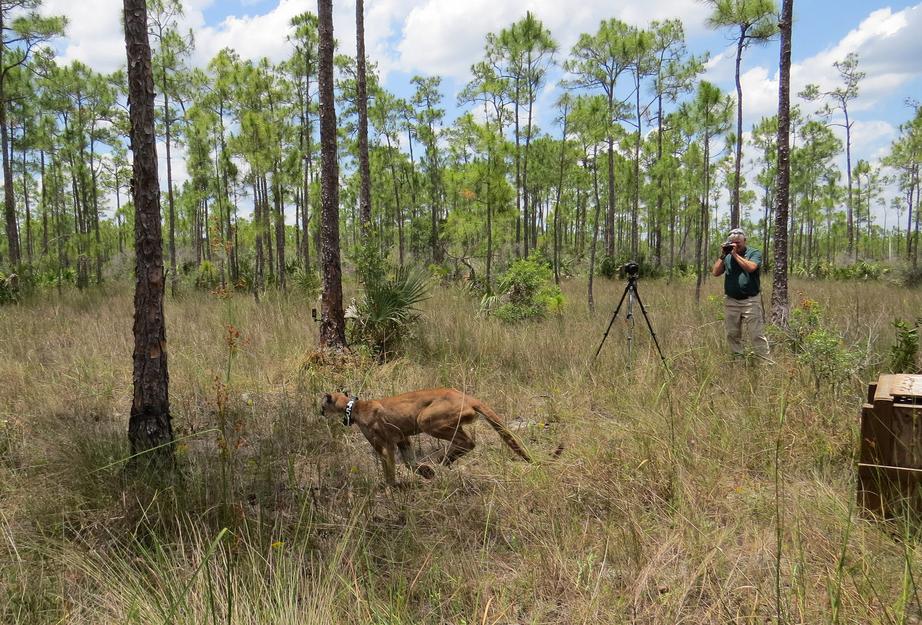Florida panther is making a comeback
On paper, Florida officially has more panthers now.

State and federal wildlife officials on Wednesday said they hiked the official estimate to between 120 and 230 panthers, 50 more than the previous tally. Ranchers in particular have increasingly complained that the cats have been undercounted and are consuming livestock, but officials said revising the number was part of a regular update.
 CC.wikipedia.org
CC.wikipedia.org
A 2-year-old male Florida Panther was released Wednesday in Big Cypress National Preserve. He hit the ground running in the southwest corner of the more than 729,000 acre preserve, near Gum Slough.



“The bottom line is we’re having a lot of conservation success and the population has really grown pretty steadily since 1995, so it’s a good news story,” said Kipp Frohlich, Florida’s chief of habitat and species conservation.
.jpeg?s=sm) CC.wikipedia.org
CC.wikipedia.org
The recount calculated jointly by the Florida Fish and Wildlife Conservation Commission and U.S. Fish and Wildlife Service is the first since 2014 and was based on a variety of techniques that included extrapolating road kills and reviewing trail cam images, tracks, radio collar pings and other information.

While imperfect, biologists say the techniques provide the most reliable way to count panthers and show that numbers are improving. Late last year, a female panther was reported roaming north of the Caloosahatchee River for the first time, suggesting that the cats are expanding their territory.
120 to 230
The revised estimate for the number of endangered Florida panthers
.jpeg?s=sm) CC.wikipedia.org
CC.wikipedia.org
Under a conservation plan drafted in 2008 to help revive the population, which had dropped to between 20 and 30 in the 1970s and ’80s, wildlife biologists say the state needs three distinct panther populations on either side of the Caloosahatchee River. But in 2015, at the urging of ranchers and hunters, state wildlife commissioners suggested scaling back the plan to a single population. Ranchers have complained that panthers are increasingly attacking livestock while hunters say they are finding fewer deer. But after environmentalists complained, the wildlife commission dropped the plan.
The revised population count, which puts the total count closer to the goal of 240 for the population south of the Caloosahatchee River, will not change conservation efforts, Frohlich said.
“It’s not a milestone,” he said. “It points to the fact that we’re making good progress.”

